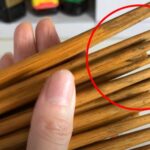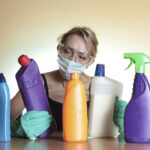There are certain household items that need to be replaced regularly, as using them for extended periods can potentially harm the health of your family members. Here are eight items that you should regularly replace, without compromising your health for the sake of frugality.
1. Non-stick Pans

Non-stick pans are commonly used for frying and stir-frying, as they make it easier to flip food without it sticking to the pan. This is due to the presence of a coating called Teflon on the pan’s surface.
However, if this coating becomes damaged or starts peeling, it can release harmful toxins. If your non-stick pan exhibits these issues, it’s time to get a new one.
Additionally, the lifespan of a non-stick pan is typically around 2 to 3 years, during which the Teflon coating gradually thins and peels, reducing the pan’s non-stick effectiveness. When this happens, it’s best to replace it with a new one.
To prolong the life of your non-stick pan, use utensils made of wood or silicone for cooking and avoid using abrasive cleaning tools, as they can damage the pan’s surface.
2. Chopsticks
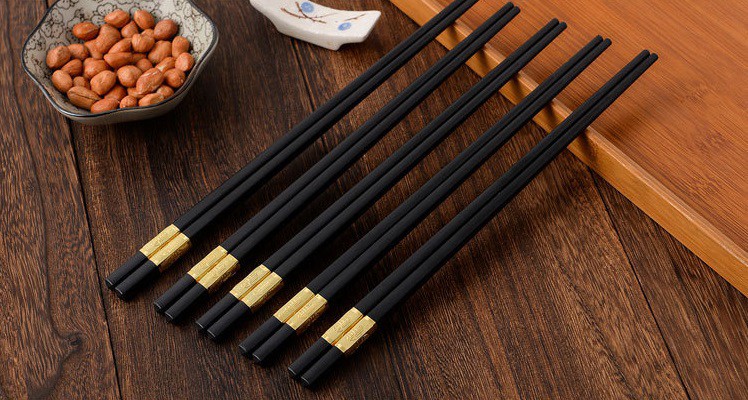
Chopsticks are essential in every household, but did you know that they also need to be replaced regularly? It is recommended to replace chopsticks every 6 months. After prolonged use, the surface coating on plastic chopsticks can start to peel off. As for wooden or bamboo chopsticks, they can harbor bacteria and mold in the small crevices on their surface.
Using chopsticks with these issues can allow bacteria to enter your body during meals, potentially affecting your health. Therefore, it’s important to replace your chopsticks regularly. Additionally, disinfect your chopsticks with boiling water before use to ensure hygiene.
3. Cutting Boards

Cutting boards can easily become a breeding ground for mold and bacteria over time. Once a cutting board becomes moldy, it’s no longer safe to use. Mold indicates the presence of harmful bacteria and a toxic substance called aflatoxin.
If you continue to use a moldy cutting board, these bacteria can transfer to your food during preparation and subsequently enter your body, posing health risks. It’s recommended to replace your cutting board every 6-8 months or when you notice cracks. Additionally, it’s a good practice to use separate cutting boards for raw and cooked foods.
4. Sponges
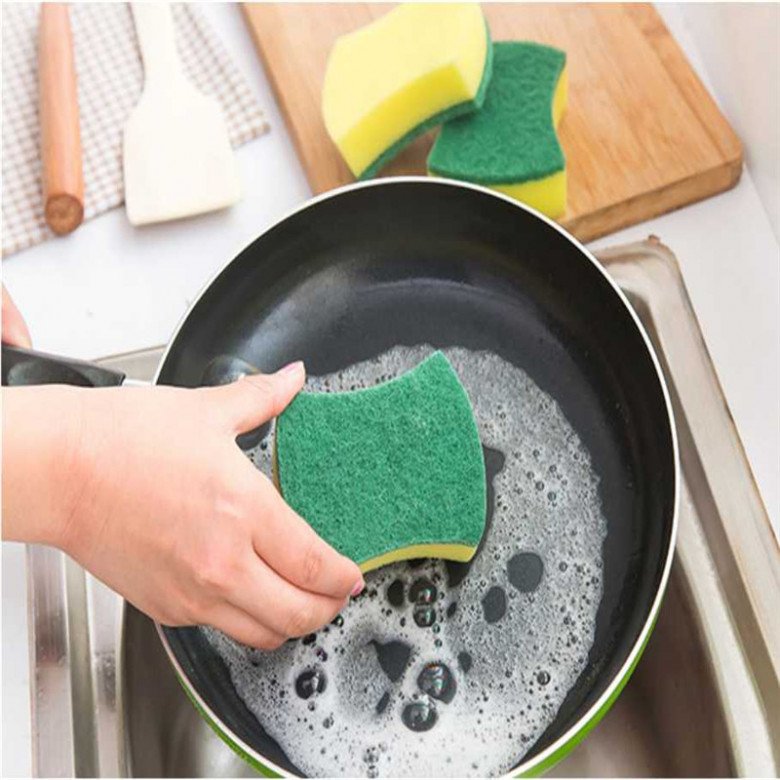
Sponges are commonly used for cleaning in the kitchen, but they can also harbor bacteria and mold. Due to their high absorbency, sponges retain moisture, providing an ideal environment for bacterial growth if not properly dried after use. If left in a damp environment for too long, sponges can transfer bacteria to your eating and cooking utensils the next time you use them.
It is recommended to replace sponges once a month to maintain hygiene in your kitchen.
5. Toothbrushes
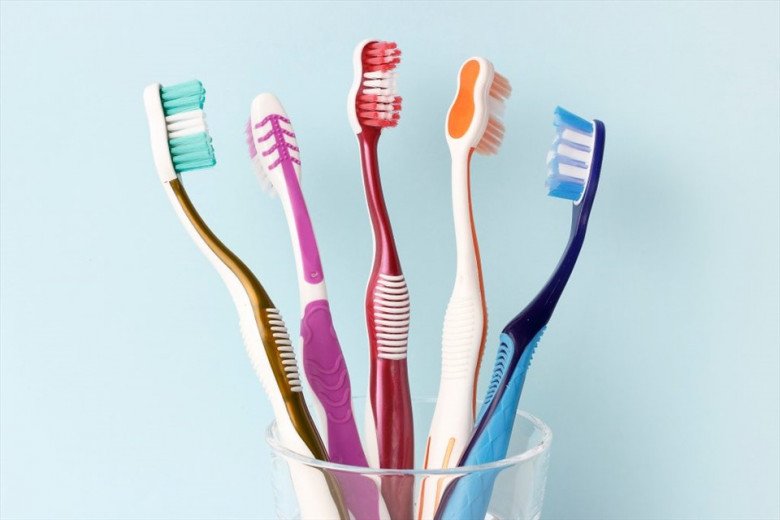
Toothbrushes are used multiple times a day, and therefore, they need to be replaced regularly. Dental experts recommend replacing your toothbrush every 3 months, even if it still looks new. This is because bacteria and germs from your mouth can accumulate in the bristles of the toothbrush. These bacteria can multiply in the right moisture conditions and re-enter your mouth the next time you brush your teeth. Some of these bacteria can cause health issues, affecting your gums, teeth, and overall health. Hence, regular toothbrush replacement is essential.
6. Bath Towels
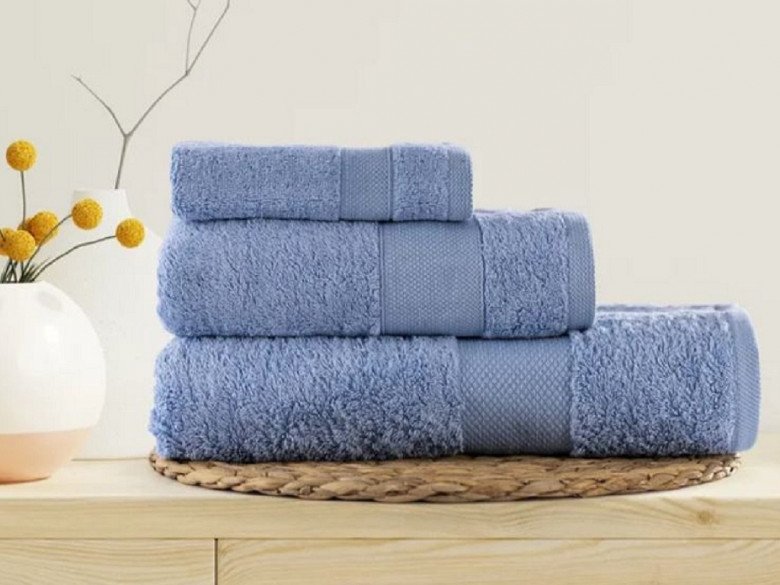
Bath towels also need to be replaced regularly. During daily use, towels can accumulate dead skin cells, sebum, and other bodily secretions, along with water. If towels are not washed regularly, they can become a breeding ground for bacteria. It is recommended to wash towels after 3-4 uses and to replace them every 3-4 months. Failure to do so can cause bacteria to transfer to your skin when using the towel, leading to itching, skin irritation, and other issues.
7. Pillow Inserts
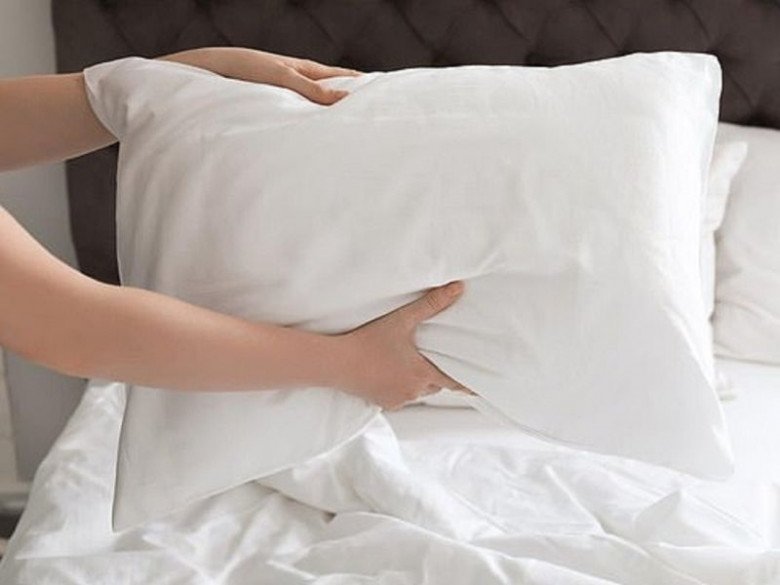
Pillow inserts tend to turn yellow over time, and no amount of washing seems to get them completely clean. This is because bodily fluids like saliva, sebum, and scalp oils accumulate on the pillow, leading to the growth of dust mites and bacteria.
It is recommended to wash the pillowcase once a week and replace the pillow insert every 1-2 years. Avoid using pillow inserts for more than 3 years. Even with regular washing, it’s challenging to eliminate all the bacteria from the pillow insert. Moreover, frequent washing can cause the pillow to lose its shape, potentially affecting your sleep quality.
8. Toilet Brushes

Toilet brushes or bowl brushes should be cleaned and stored in a dry place after each use. Additionally, it is recommended to replace them at least every 6 months to maintain hygiene in your bathroom.
Mastering the Art of Chopping Board Care: A Guide to Longevity and Sanitation
Introducing the ultimate guide to cutting board care: unlock the secrets to maintaining and preserving your chopping boards, ensuring they remain pristine and durable. Discover the dos and don’ts of chopping board maintenance, and elevate your kitchen game with these expert tips and tricks. Learn how to care for your cutting boards like a pro and impress your guests with your culinary prowess.
“The Ultimate Guide to Using Non-Stick Pans: Cooking Safely and Healthily”
Non-stick pans are a popular kitchen staple, but many people are unaware of how to use and care for them properly. This guide will teach you everything you need to know about getting the most out of your non-stick pan, from choosing the right one to maintaining its durability and ensuring your food always turns out perfectly. Learn the do’s and don’ts of non-stick pan care and become a master in the kitchen!


























